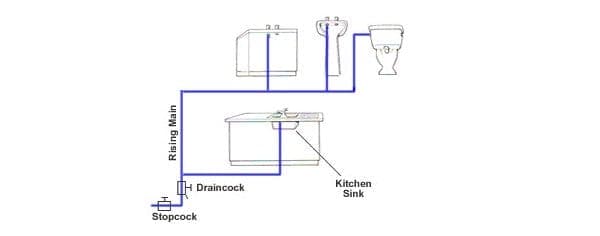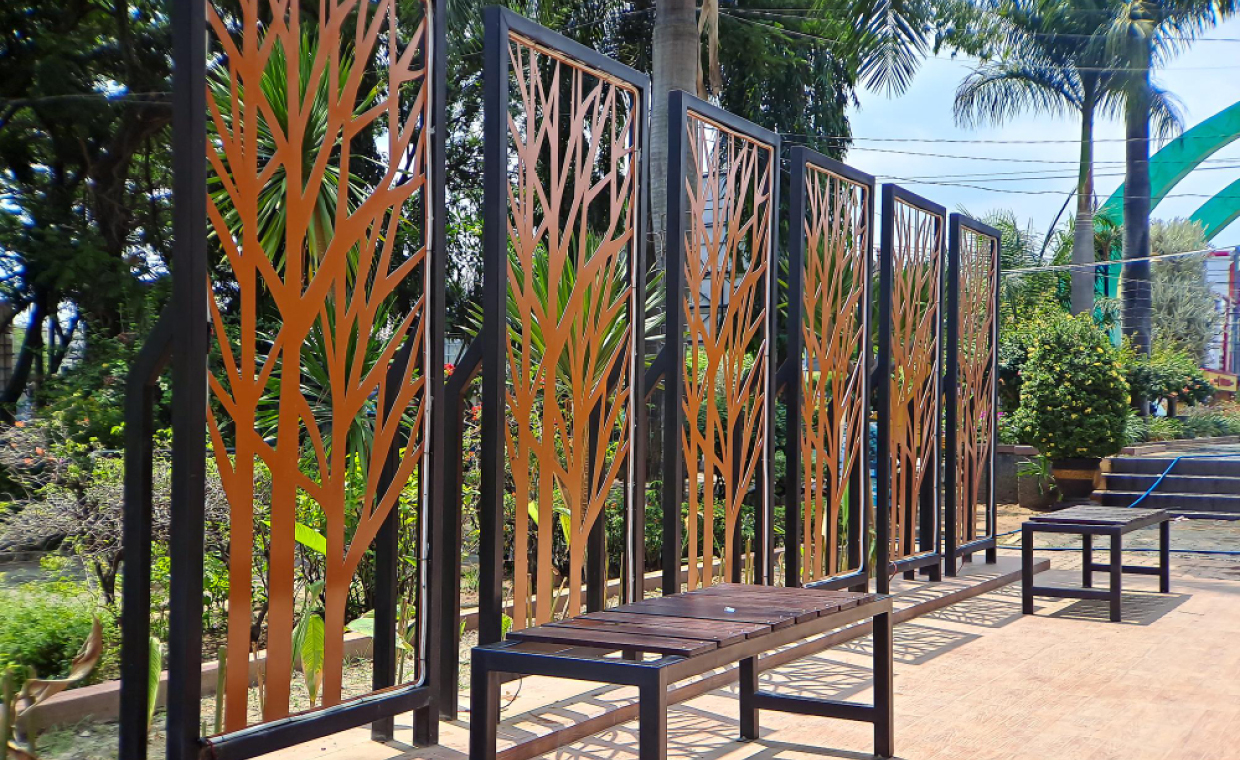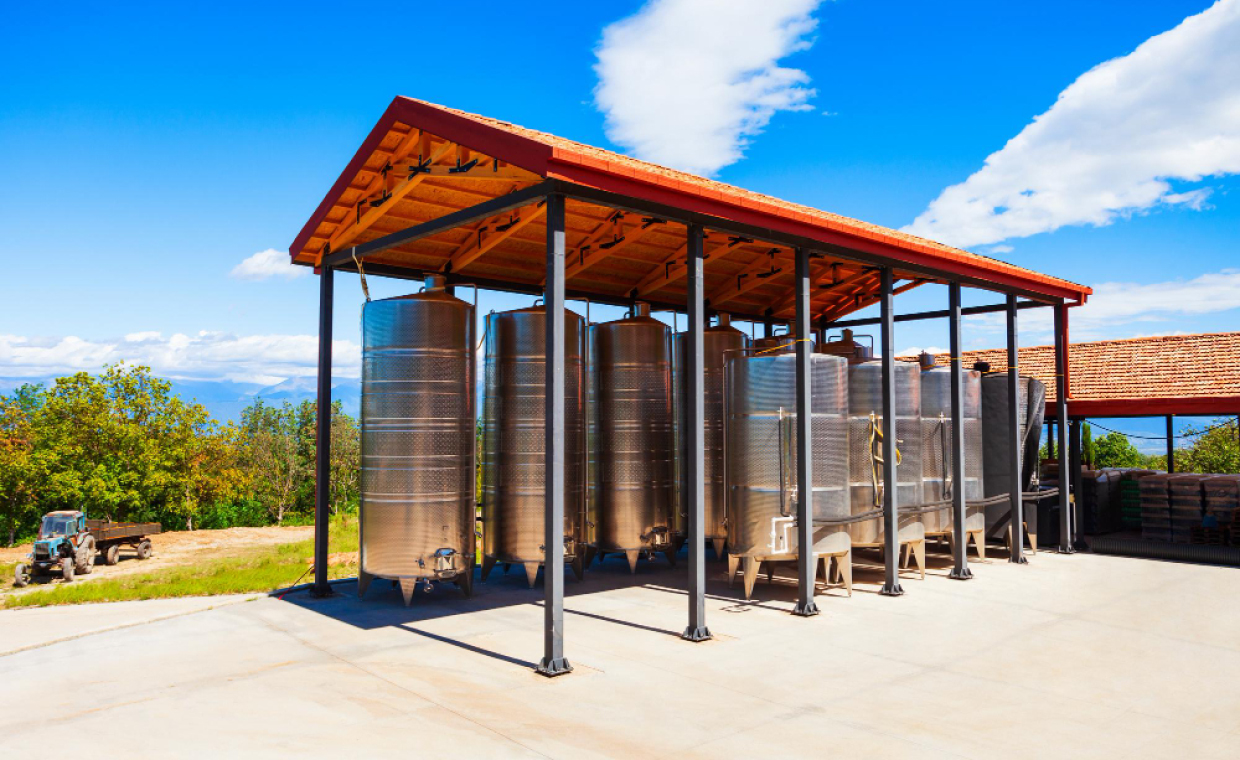
The system of drawing water directly from source and efficiently conveying (i.e optimum quantity at right pressure) it to the various household appliances (fixtures) is called water supply system. Water can either be first stored in storage water tanks and then used for appliances or directly the incoming water from mains be provided at appliances.
Based on how water is conveyed to appliances, water supply system is categorized as:
01. Direct Water Supply System: Here, water directly comes from main. Potable water is available at each fixture.
02. Indirect Water Supply System: Indirect water supply system collects water in storage tanks from mains and then water is made available to the fixtures.
Direct Water Supply System was first introduced in Europe and US, in order to maintain the quality of water. The Direct Water Supply System supplies healthy water directly from the purification plants to household consumers without going through tanks. When water is stored in tanks for long time it lead to deterioration of water quality due several reasons like location of tank, stagnant water in tank, accumulation of dust particles over a period of time, etc. Water tanks placed on rooftops are vulnerable to foreign particles that undermine water quality. Exposure to sunlight causes breeding of algae.

Courtesy – plumber24hours
Direct Water Supply System provides potable water to all fixtures including bath, bathroom basin and kitchen sink. Rising main (the pipe that supplies municipal water to a house) directly supplies water to all the taps (faucets). All fixtures receives water from water supply authority at the pressure same as that of main. Generally, pressure of 0.5kg/cm² to 1.00kg/cm² i.e head of 5m to 10m is required at all taps. Main pressure is usually high because mains have to supply water to downstream areas, taking care of level variations. To reduce the pressure and to maintain constant pressure depending on the location at which water enters house, a pressure reducing valve is sometimes introduced at the main and than the water is distributed to other pipes of the house. The pressure of hot water and cold water should be same at the faucet.
Advantages:
- Reduces pipe works and cost of same as pipes to and from tank for cold water are omitted.
- Potable good quality drinking water is available at all taps.
- Energy is saved as pumps are not required to pump water to cistern/tanks.
- Installation cost is reduced compared to indirect water supply because no storage tank is required and even reduces maintenance cost of tank (underground as well as overhead).
- It reduces the chances of bacterial contamination.
- Water quality is maintained.
Disadvantages:
- If water is supplied only for specific period of time continuous water flow will not be available and such system cannot survive. As 24 x 7 water supply would not be available.
- Pipes have leakage due to high pressures.
- If main pipe gets damaged whole water supply to the home has to be stopped till main is fixed.
Also Read:

































